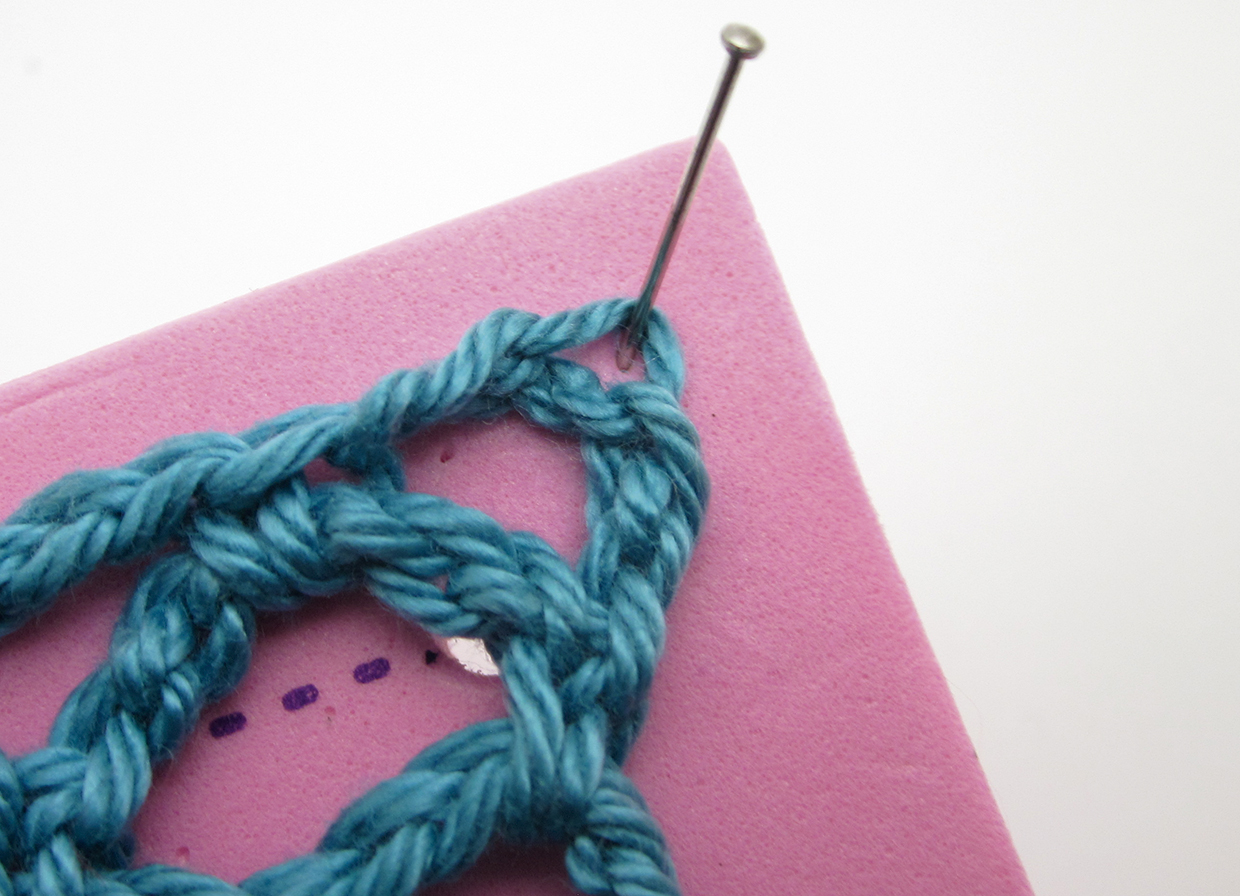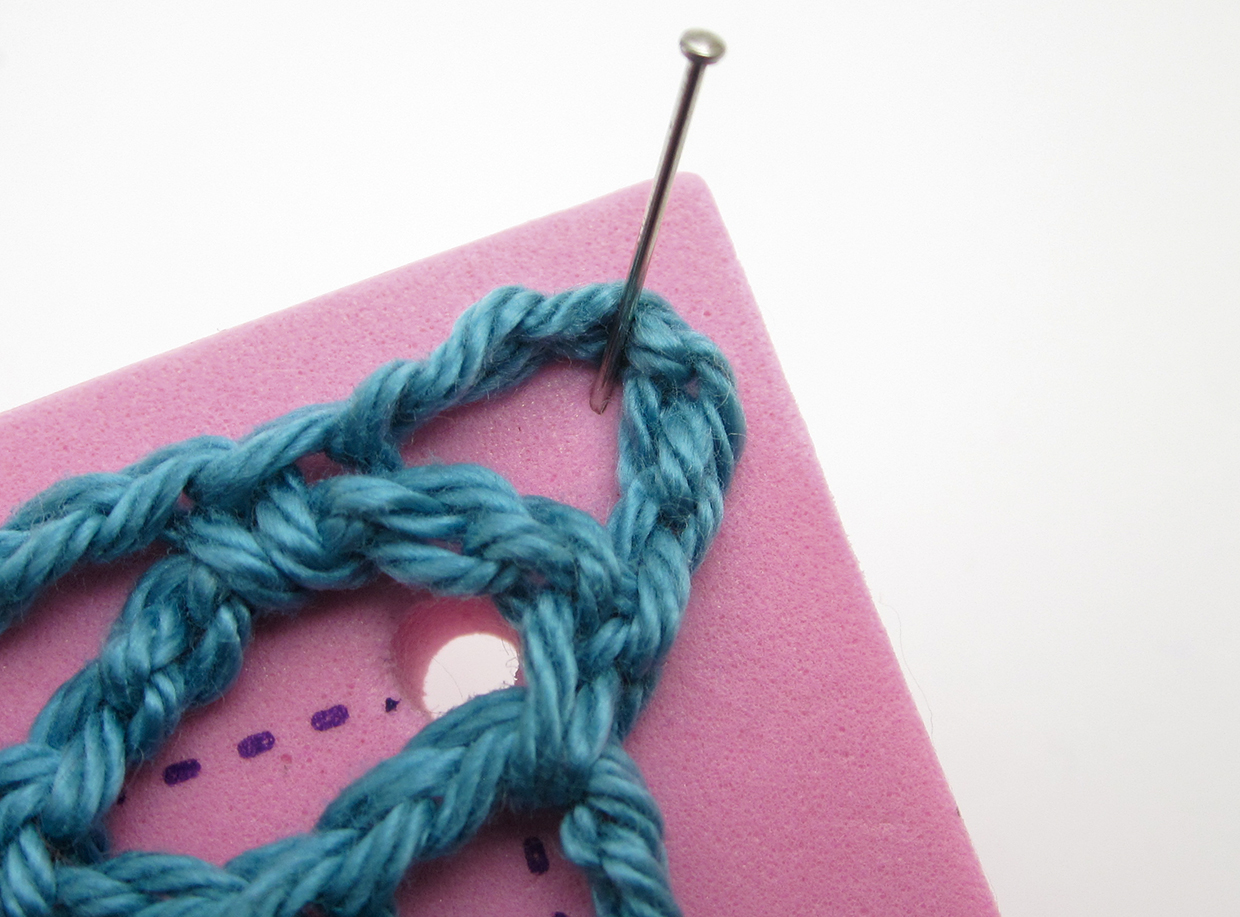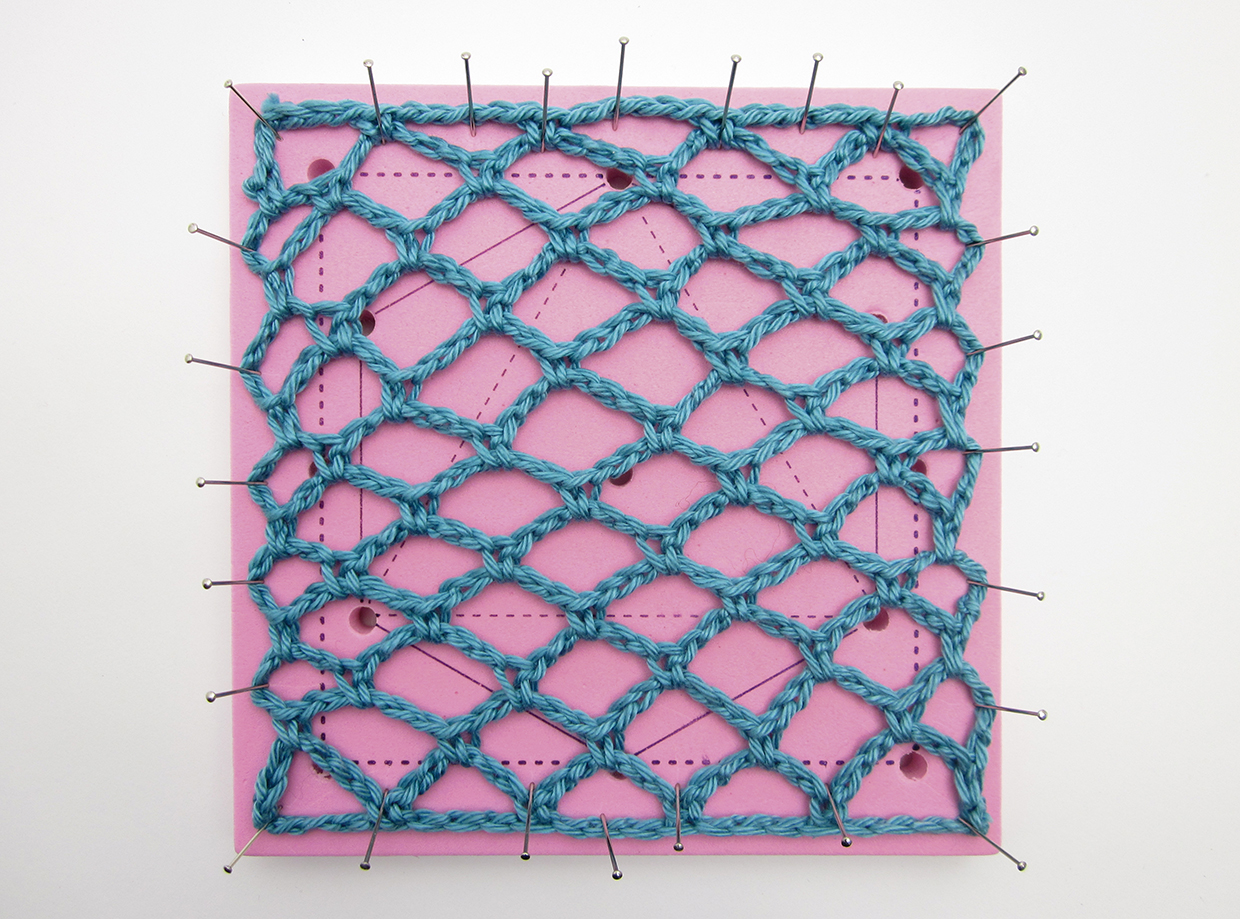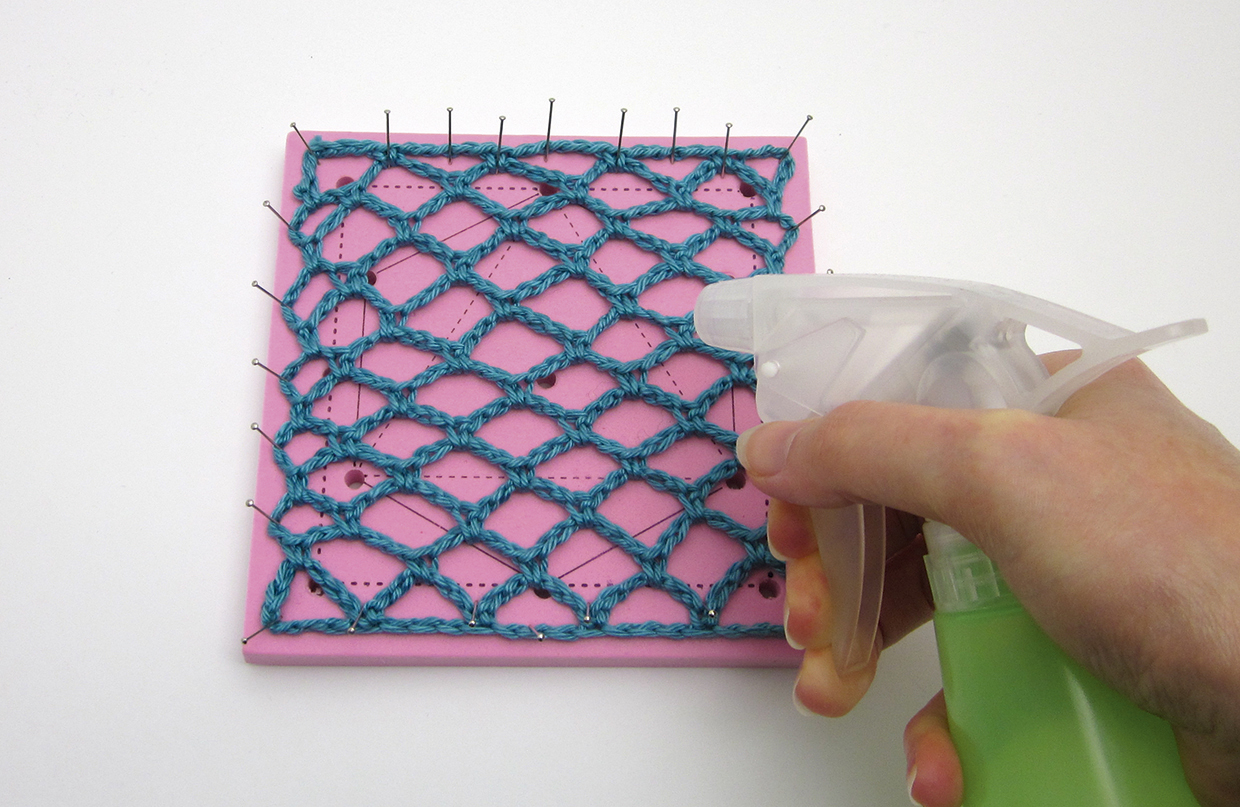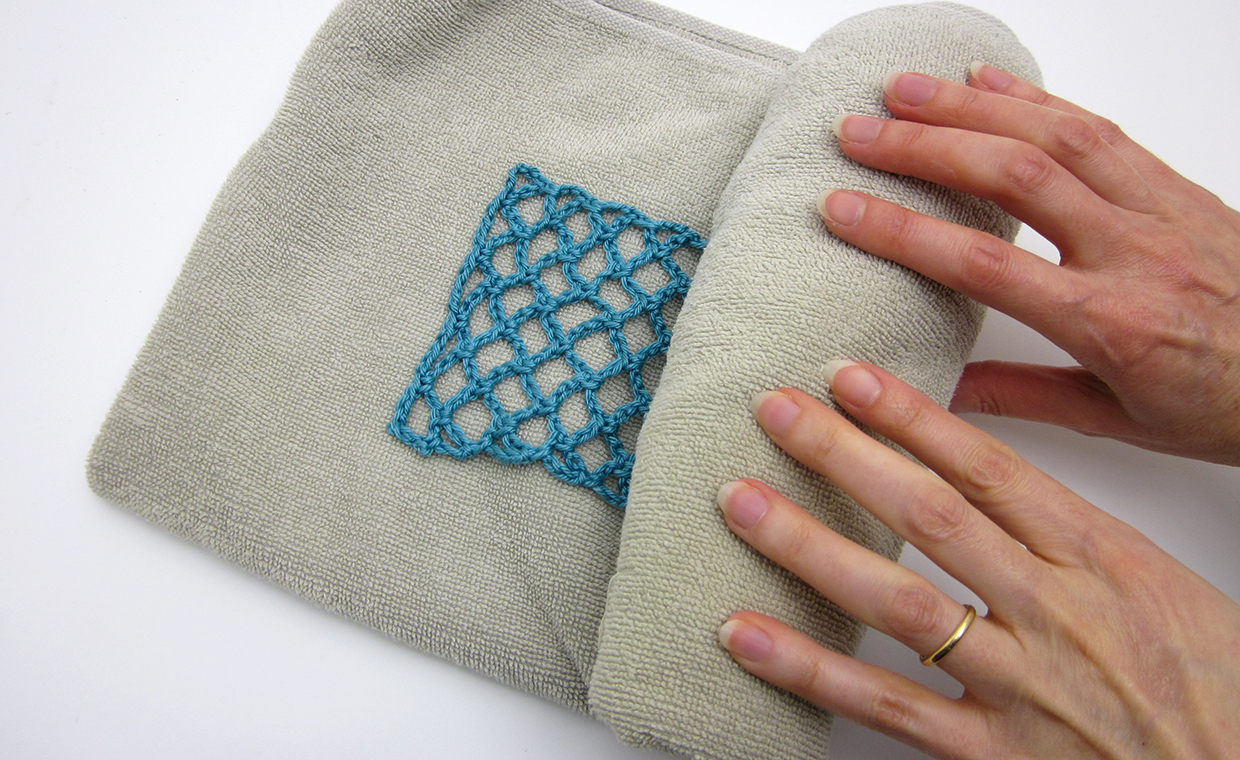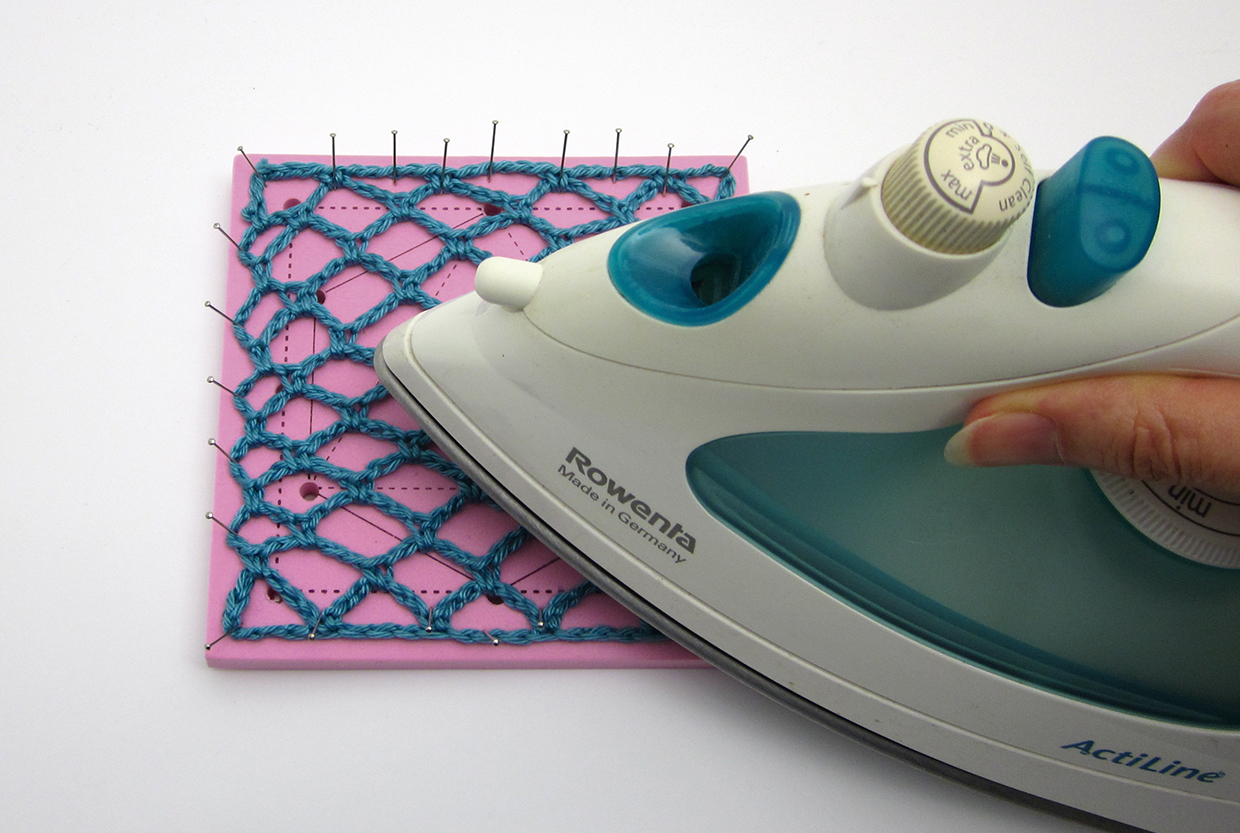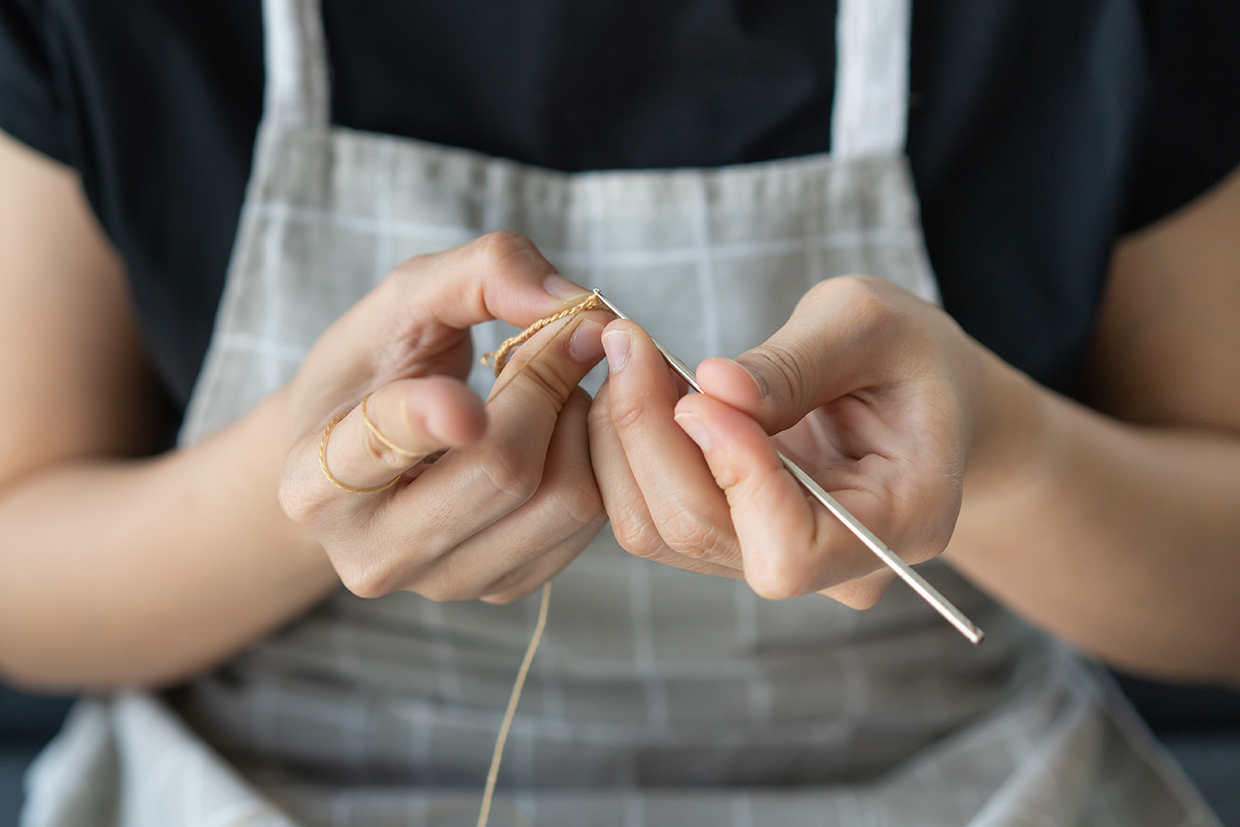Blocking crochet is something that many people overlook, after all, when you've spent month's crocheting all those shapes to make a fab blanket that last thing you want to do is wait any longer!
But it really can make a huge difference to your final result, and not only that but it will also make joining your motifs a whole lot easier!
What does blocking crochet mean?
Put simply, blocking is the process of making your crochet lie flat and to straighten out any wobbly edges that can occur because of fibre types or slight differences in tension.
By getting the fibres wet you are essentially helping them to relax - a bit like how when you wash a new jumper for the first time it may shrink or change the drape ever so slightly.
Most people do this with the help of a spray bottle and plain water, but there are alternative methods which are normally used for blocking larger projects like lacy shawls or scarves, which involve washing or submerging your crochet in water then drying flat (often between towels).
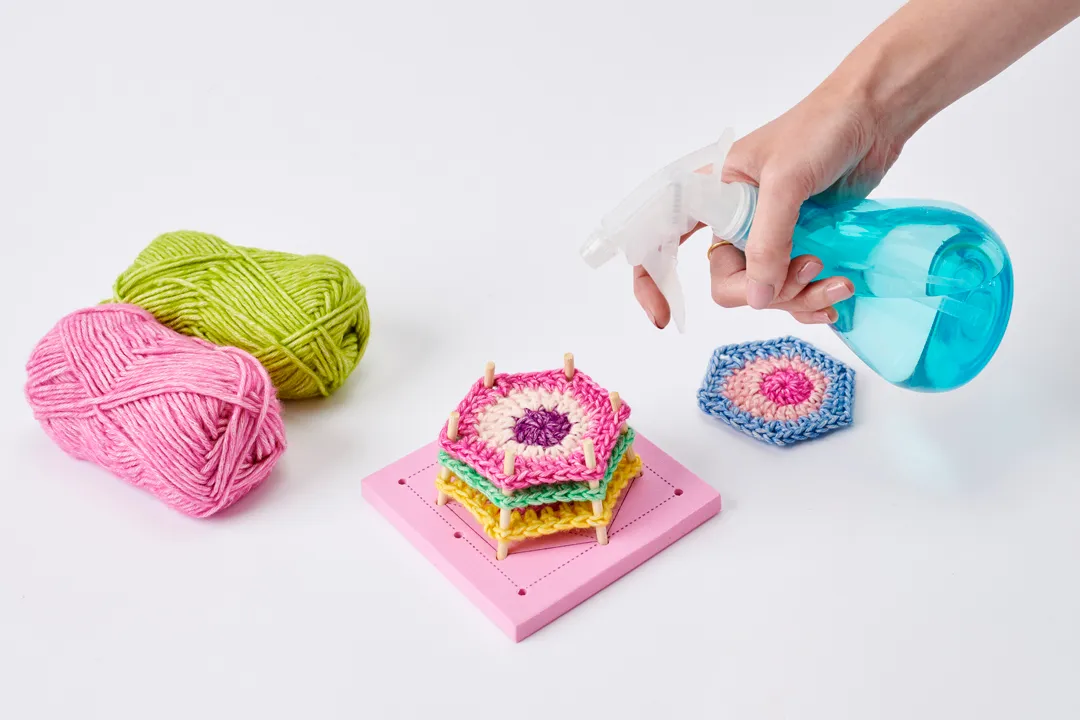
Why should you block crochet?
We know how eager you will be to finish your crochet, and blocking crochet can seem like a tedious extra step, but it's definitely worth it!
Blocking will help to stop your double crochet fabric from curling at the corners, and is essential for getting your delicate crochet lace stitch patterns looking perfect!
However, crochet blocking isn't a miracle cure - it will help correct any slight difference in size, but if your shapes are too small or large it's not going to magically fix that.
Equally, you don't always need to block crochet, it all depends on how the fabric is behaving - if your fabric is lying flat and is the size you want then it's not always completely necessary to block it.
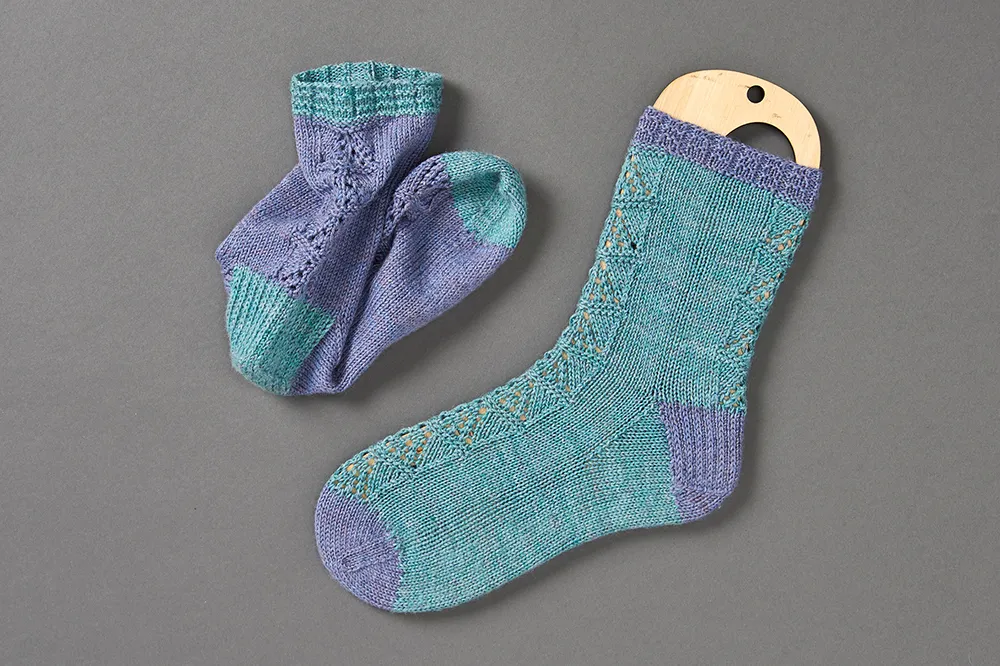
Blocking tips for perfect knits
If you’re looking for more information on blocking knits, take a look at our guide on how to block socks and how to block knitted garments.
What sort of blocking board do I need?
You can fashion a crochet blocking board out of a folded up towel, use an ironing board, or even a mattress, but a piece of thick foam works particularly well as a blocking board.
For blocking motifs like granny squares or hexagons, you can get special crochet blocking boards with holes and wooden pegs, which enable you to layer up motifs and block several at a time.
Check out our guide on the best blocking boards for knitting and crochet for more advice!
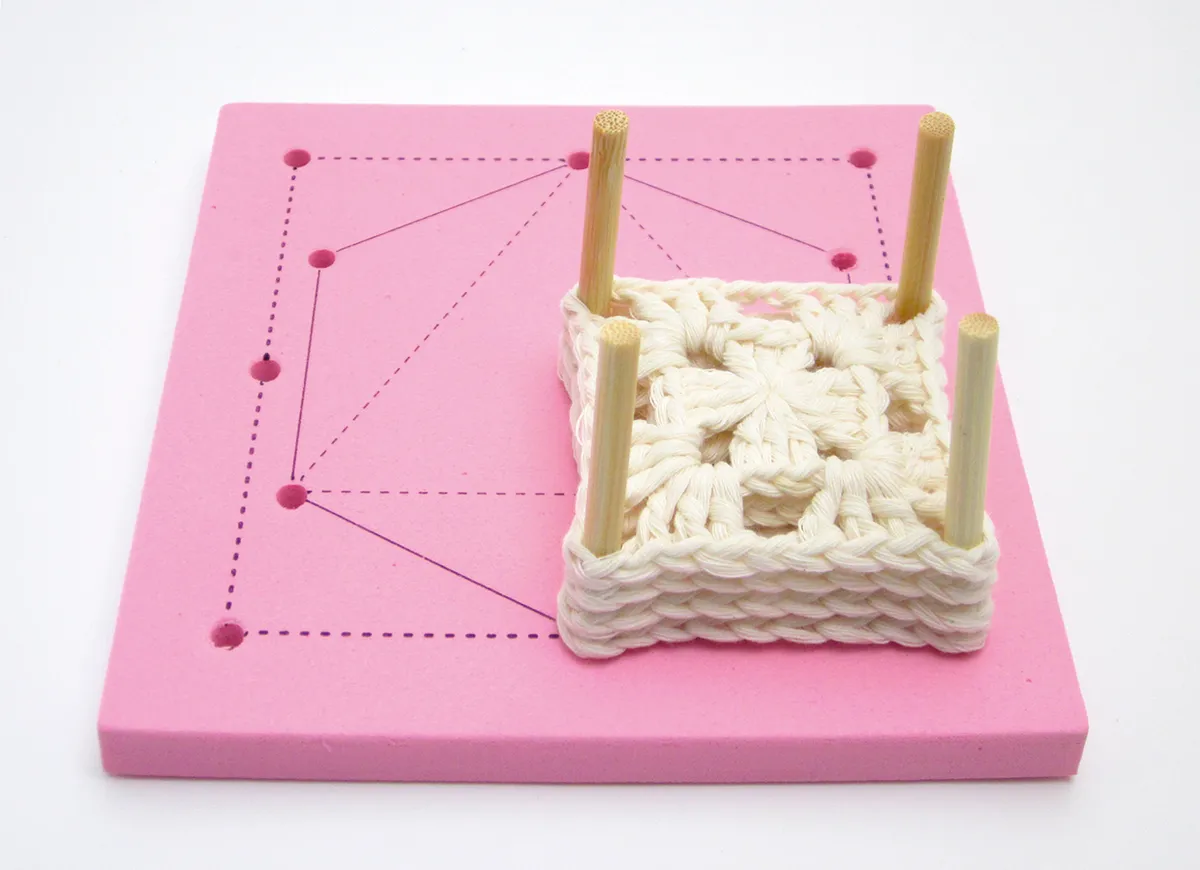
Many crochet blocking boards will come with holes or guidelines for specific sized shapes. When you come to laying out your shape for blocking, you want your shape to be ever so slightly stretched (not too much though, you want your edges to be pinned out straight without having to force it into shape).
There are various types of crochet blocking boards available, ranging in materials and price. Foam boards are particularly good as you can also use pins to hold it your crochet in place if you have more detailed shapes.
A top tip from us is if you are blocking larger shapes/projects, you can often get large interlocking foam mats that are used for children's rooms/workshop spaces that are normally quite cheap and work a treat!
But if you’ve never tried blocking crochet before, then don’t worry – we’re here to help! We’ve made this handy quick tutorial video to show you just how easy it is to achieve crochet perfection!
Which method should I use for blocking crochet?
There are various ways of how to block crochet fabric, but the three main methods are dry, wet or steam.
It's important to use the right blocking method for your fibre type. It's best to check your yarn’s ball band for information on how to treat it, but here's some general guidelines to help if you're unsure.
- Wool and other animal fibre yarns: Steam or dry block.
- Cotton or linen yarns: Wet or steam block.
- Other fibres (such as mohair, synthetics and wool blends): Dry block.
- Lurex, novelty or delicate yarn: These shouldn’t be blocked at all as you run the risk of damaging them.
If you're still not sure of which method to use for your yarn, the safest and gentlest way to block any crochet fabric is the dry blocking method.
